High turnover and talent shortages continue to challenge the trades. With fewer workers entering the field and competition for top talent intensifying, retaining employees is more critical than ever. While much attention is placed on recruiting new talent, the true key to stability and growth lies in keeping the people you already have.
Training is a strategic tool, not only for developing your workforce but also for improving retention. It supports employee growth, boosts engagement, and strengthens your organization at every level.
In this blog, we’ll explore how training impacts every stage of the employee lifecycle and how training programs are helping those in the trades improve retention, streamline operations, and increase profitability.
Why Retention Matters in the Trades
Losing a skilled employee is costly. According to McKinsey, high turnover in the skilled trades may cost companies more than $5.3 billion every year in recruitment and training costs alone. Beyond the hard costs, companies face lost productivity as new hires ramp up.
Gallup estimates that replacing technical professionals costs about 80% of their salary, while replacing frontline workers costs 40%. And that’s not counting the soft costs – disrupted workflows, lowered team morale, and reduced customer service and satisfaction.
Retaining experienced employees helps preserve institutional knowledge, maintain service quality, and strengthen the team over time. Companies that invest in employee development often see higher loyalty and lower churn. In fact, Gallup found that 42% of employees who voluntarily left their organization said their employer could have done something to prevent them from leaving. More importantly, respondents said career advancement and the ability to progress at an organization are key factors that can entice them to stay.
“A plan for career development and advancement shows employees they have a bright future to work toward. Clearly outlining an individual development plan increases employee engagement and addresses one of the main reasons employees leave,” Gallup wrote in its article: 42% of Employee Turnover Is Preventable but Often Ignored.
The New Hire Experience: Start Strong
The onboarding experience sets the tone for everything that follows. When new hires are welcomed with clear expectations, structured learning, and hands-on practice, they are more likely to stay long term.
Interplay Learning provides on-demand training that integrates seamlessly into onboarding workflows. Instead of overwhelming new hires, Interplay delivers structured learning pathways that help them build core skills at their own pace, reducing early turnover and instilling confidence from day one.
For example, a plumbing contractor might use Interplay to deliver interactive simulations on basic safety, tool identification, and common service calls during week one, so new hires are ready to contribute faster.
Build Confidence and Competence in the First 90 Days
The first 90 days are pivotal. Employees who feel capable and supported are more likely to stick around, which is why consistent, high-quality training is important.
Interplay’s immersive 3D simulations allow new hires to safely practice tasks before performing them on the job, helping reduce early mistakes, improve safety, and build confidence. Combined with mentorship, this creates a powerful learning ecosystem where learning is continuous.
Interplay’s progress tracking and reporting tools also give managers insights into how each employee is developing. This visibility helps identify when additional support is needed, ensuring no one gets left behind. One Interplay customer reported a 50% reduction in ramp time for new hires after implementing the training.
Career Growth and Skills Progression
Younger generations of trades professionals are interested in how their careers can progress. Training makes it possible to visualize that future. With defined learning paths, techs can move from helpers to lead technicians or even supervisors.
Interplay supports this progression with role-based learning pathways across HVAC, electrical, plumbing, and more. Whether it’s mastering new systems or cross-training in another specialty, employees gain new skills, which makes them feel valued and gives them more reasons to stay. At the same time, it creates a more adaptable, future-ready workforce.
Training as a Retention Strategy
People stay where they feel valued, and training is one of the clearest signs of investment.
LinkedIn’s 2025 Workplace Learning Report revealed that offering learning opportunities is its No. 1 retention strategy. “Upskilling, coaching, and internal role changes help people feel valued, engaged, and more likely to stay with their organization,” according to the report.
A culture of continuous learning reduces frustration and keeps teams motivated. Consider this real-world example: A leading single-family rental home provider built a structured training program using Interplay to develop apprentices and distribute skills across their maintenance workforce, resulting in 80% retention of apprentices and 88% of Level 1 technicians.
Practical Tips for Service Managers and Trainers
Here’s how to build a training program that retains top talent:
- Blend digital + hands-on training: Combine the scalability of digital training with the effectiveness of hands-on experience. Interplay’s immersive online courses and 3D simulations let employees practice skills in a low-risk, virtual environment, which is perfect for reinforcing foundational knowledge before applying it in the field. When paired with on-the-job training and mentorship, the result is faster skill development, better performance, and stronger retention.
- Customize learning paths: Assess employees’ skills and tailor training for a more engaging learning experience. Interplay allows managers to customize learning paths for individuals based on skill level, assign specific modules aligned with real-time business needs, and generate detailed reports to demonstrate ROI and training impact.
- Schedule regular check-ins: Use training milestones and progress reports to guide feedback conversations. Interplay’s built-in progress tracking makes it easy for managers to monitor completion rates, assess performance on quizzes, identify when learners might need additional support, and have productive one-on-one coaching conversations.
- Recognize achievement: Acknowledge when employees complete modules or earn certifications to reinforce progress and boost morale. Interplay automatically awards digital certificates when employees complete modules or learning paths. Leaders can share these achievements in team meetings, post them on internal channels, or add them to employee records to reinforce progress and boost morale.
- Use the right tools: Empower your managers to drive employee development with tools that go beyond content delivery. Interplay’s admin dashboard provides everything needed to assign personalized learning paths, track progress, and measure training impact at scale. From day one, managers can tailor training by role, skill level, or performance objectives, while built-in skill assessments help identify gaps and guide targeted learning.
Maximize Your Workforce’s Potential
In the trades, training isn’t just a way to improve performance. It is a tool to build a resilient and loyal workforce. From the first day on the job to the next step in their career, employees are looking for support, structure, and growth. Providing training builds employees’ confidence and fuels growth. A comprehensive training program creates a simple but powerful cycle: Training leads to confidence, confidence drives growth, and growth strengthens retention.
Interplay Learning offers training across a wide range of trades, including residential and commercial HVAC, plumbing, electrical, solar, facilities maintenance, multi-family maintenance, industrial maintenance, safety, and appliance repair. Our programs include industry-recognized certifications such as NATE, EPA 608, OSHA 10 with structured learning paths to support career development from entry-level to expert.
Ready to learn more about how you can take your training program to the next level? Request a demo.









